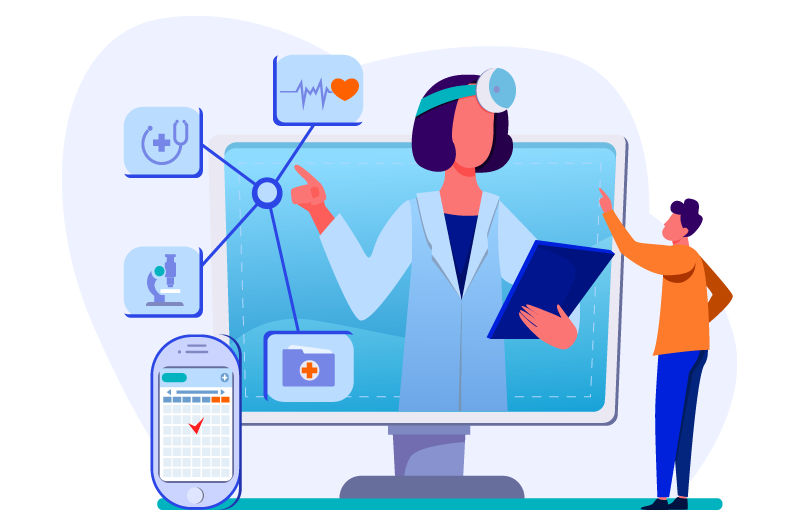On September 12, 2024, OpenAI released its o1 model, codenamed Strawberry, the latest update to ChatGPT. The update reportedly adds reasoning capabilities to the large language model (LLM), “allowing it to go through a process that OpenAI calls thinking,” say authors of a recent note from the Reinsurance Group of America (RGA), entitled GenAI and Insurance: What OpenAI’s o1 ‘reasoning’ model could mean for insurers.
The latest ChatGPT update, they say, “brings reasoning capabilities that make it more useful to insurers and reduces one of the main risks of generative artificial intelligence – hallucinations,” they write. In this context, a hallucination is a response generated by artificial intelligence (AI) that is false or misleading but presented as fact.
“The new release adds some fairly advanced reasoning capabilities to the LLM,” RGA’s researchers add. “The o1 engine boosted ChatGPT’s scores, particularly in the areas of PhD-level physics questions, LSAT and mathematics. It also shows great promise to mitigate on one of the greatest risks of LLM usage – hallucinations.”
Could decrease hallucinations
The most significant change with o1, they add, is a process that OpenAI calls thinking. “The primary change with the new o1 engine is that ChatGPT will now form/research additional questions based on the initial request – similar to the human reasoning process,” the paper explains. “Because it is now running additional queries based on the first query, this can decrease hallucinations which occur when an LLM essentially fills in a gap by offering a best guess that may or may not be true. In other words, ChatGPT is now checking itself.”
The significant advances being made with interim releases of the technology are promising, the reinsurer concludes. “Based on the extremely promising features of this latest offering, we should prepare for a transformative road ahead.”













